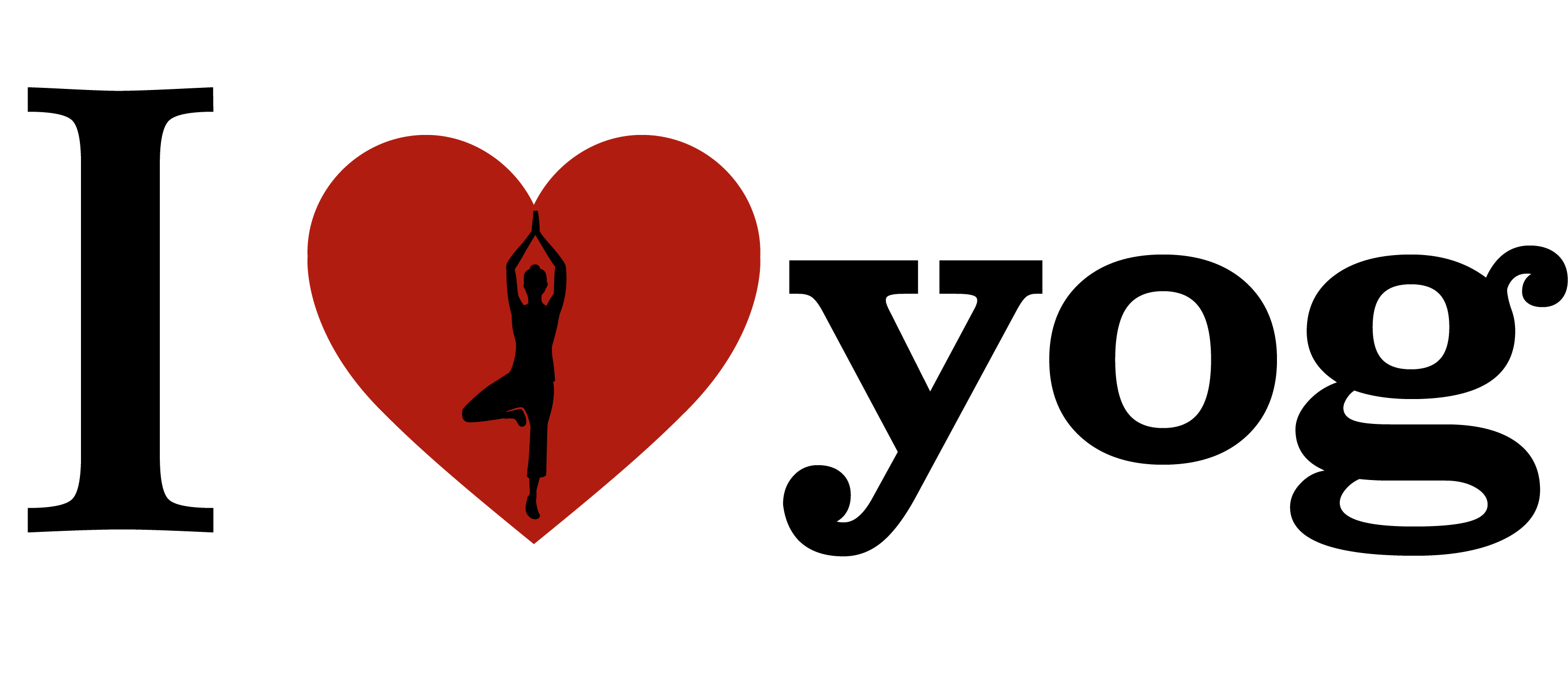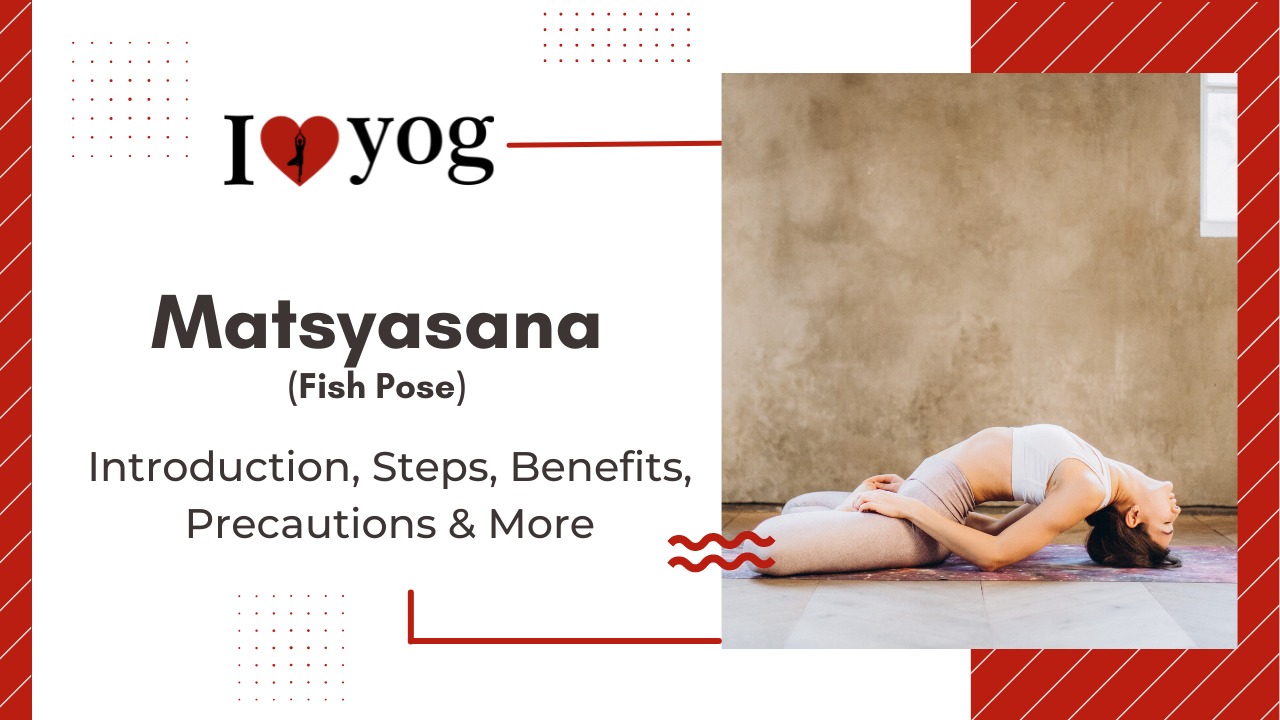What You Need to Know Prior to Performing Matsyasana Asana?
Perform this asana with an empty stomach and a clean colon. Take your meals four to six hours before your workout to allow your body sufficient time for digestion. Generally, 10 to 12 hours should elapse between meals and practise; hence, it is recommended to perform this asana in the morning. However, due to their hectic schedules, several individuals do not exercise in the morning. These individuals can perform yoga in the evening.
Prepared Poses
Even though Sarvangasana is not exactly a preparatory pose, Matsyasana is frequently sequenced as a counterpose after Shoulderstand. Other preparations for this pose might include:
Other preparations for this pose might include:
- Yogasana Level – Beginner
- Yogasana Style – Backbend, Chest-Expanding Pose
- Yogasana Repetitions –
- Yogasana Strengthens – Upper-back Muscles, Neck Muscles
- Yogasana Stretches – Throat, Navel, Psoas Muscle, Front of Neck, and More
Matsyasana Asana’s Effect on Tri Dosha
Vata- Fish pose is not our top choice for balancing vata dosha because it invites cooling and expanding energy into the body and mind; nonetheless, this does not mean that vata types should not practise this yoga posture! Matsyasana is cleansing, but it also has restorative benefits, such as relieving backache, increasing spinal flexibility and suppleness, and relieving constipation. To better balance vata dosha, we recommend fish posture in its restorative variation (photographed below). This version of Fish Pose delivers a gentler stretch and invites a heavier, earthier energy than the standard Fish Pose. If you choose to practise classic Fish Pose, hold the posture for a shorter duration and maintain your concentration on the asana’s grounding benefits.
Pitta- Matsyasana is a backbend, and all backbends serve to discharge excess heat from the solar plexus. One of the most effective ways to restore balance to pitta dosha, calm the nervous system, and bring a cooling energy to the body and mind is to expand and release through the solar plexus. Pitta types experience emotions like as anger, jealously, and judgement more readily than other doshic types; consequently, it is essential for pitta types to develop feelings of empathy, compassion, and understanding. Fish Pose is a good approach to open the heart of a fiery pitta because it enables the heart to receive positive energy and release negative thoughts and emotions.
Kapha- Fish Pose is an exceptional position for balancing kapha dosha since it is both purifying and energetic. It removes flow obstructions in the body and invites in fresh prana to revive and replenish kapha that is heavy, dense, and static. To bring kapha dosha into balance, maintain the position for an extended amount of time while taking heart-centered breaths. You can also perform Fish Pose multiple times to increase its effects.
How To Do Matsyasana Yoga Posture/Asana?
- Step 1
Lay on your back with your knees bent and your feet on the floor. Inhale, raise your pelvis slightly off the floor, and move your palms-down hands beneath your buttocks. Then, support your buttocks with the palms of your hands (and dont lift them off your hands as you perform this pose). Ensure that your forearms and elbows are tucked tight to your sides.
- Step 2
Inhale and press your forearms and elbows into the floor with force. Next, squeeze your shoulder blades into your back and exhale to lift your upper torso and head off the floor. Then, return your head to the ground. Depending on how high you arch your back and lift your chest, the floor will support either the back of your head or its crown. There should be a minimum amount of weight on your head in order to avoid neck compression.
- Step 3
You can either maintain a knee bend or extend your legs straight out onto the floor. If you choose the second option, keep your thighs active and press through your heels.
- Step 4
Remain for 15 to 30 seconds while breathing normally. With an exhale, stoop to the floor and lower your torso. Pull your thighs into your stomach and squeeze.
Benefits Of Matsyasana Yoga Posture/Asana?
1. Fish Pose stretches the front of the body, encompassing the chest, abdominals, hip flexors, neck, and back, and involves often-overlooked body areas, even within yoga asanas.
2. In Shoulder stand, the chin is strongly tucked, the neck is extended, and the spine is in flexion, whereas in Fish, the chin is elevated, the neck is bent back, and the spine is in extension.
3. Fish has great promise from a chakra perspective because it activates two vital, difficult-to-reach places.
4. The first chakra is the throat chakra, which is associated with communication and self-expression. This is typically summed up as “saying your truth,” therefore if this area is blocked, it indicates that you are holding things inside that might be better expressed. Fish is one of the few yoga poses in which the throat is fully extended.
Additionally, Fish Pose draws attention to the sahasrara (crown) chakra at the crown of the head. Again, there are few yoga positions that apply pressure to the crown, which is associated with wisdom and intelligence.
What Are the Contraindications and Precautions for Matsyasana/Asana?
- Low or high blood pressure
- Migraine Insomnia
- Serious injury to the lower back or neck
Science Behind Matsyasana Posture/Asana?
This position stretches the outer hips and thighs. It also broadens the shoulders and chest in front. It increases the lateral strength of the body. As you twist your body, it squeezes and rehydrates the intervertebral discs, keeping your spine healthy.
Beginners Tips For Matsyasana Posture/Asana?
To get the most out of this pose, be sure to avoid these execution errors.
Too Much Head Pressure Be sure to root into your forearms, heels, and engaged thighs to produce a lift in your upper body so that your head and neck are supported and protected.
Contorting the Neck
The neck and back should form a single arch. Imagine placing the middle of your crown, not your forehead, on the ground.
Advanced Pose
Modifications and Accessories
Matsyasana’s backbending stance can be challenging for beginner trainees. Perform the posture with a densely rolled blanket supporting your back. Ensure that your head comfortably rests on the floor and that your throat is relaxed.
Deepen the Pose
To increase the difficulty of this position, move your hands out from beneath your buttocks and form the Anjali Mudra (Salutation Seal) with your arms extended and fingertips facing upward.
Similar Yoga Poses or Asanas –
- Bridge Pose (Setu bandha Sarvangasana)
- Shoulder stand (Sthirasana)
- Camel position (Ustrasana)
- Cow pose (Bitilasana) (Salamba Sarvangasana)
Reference:-


